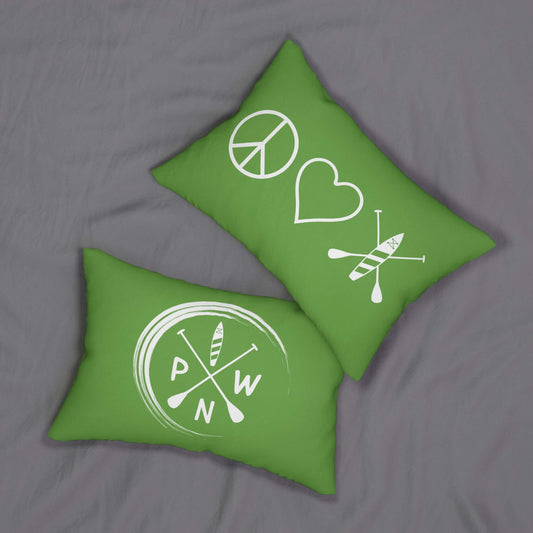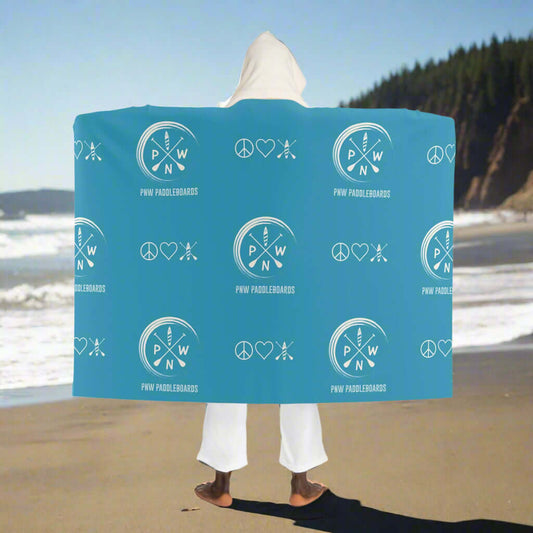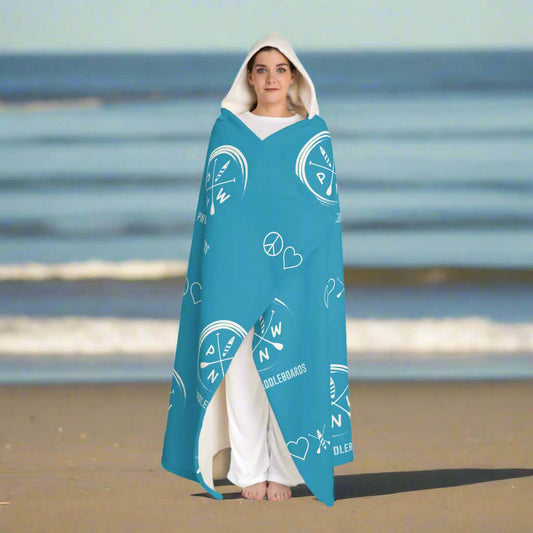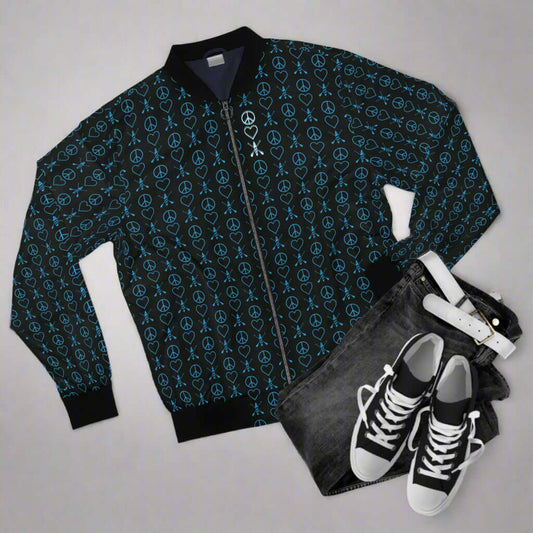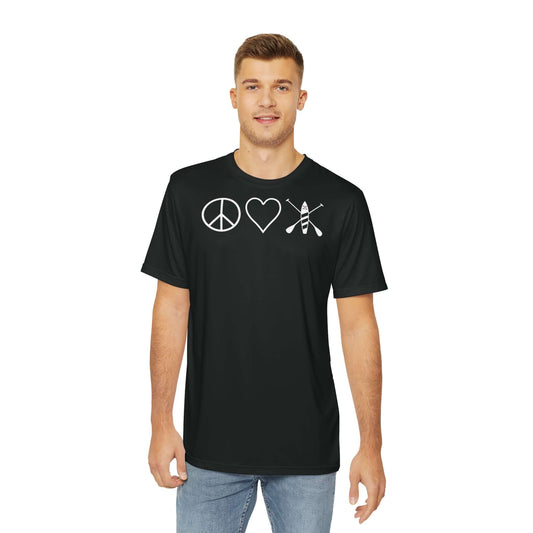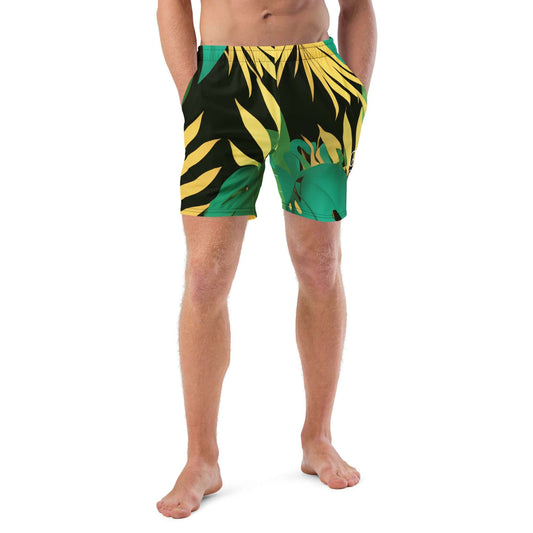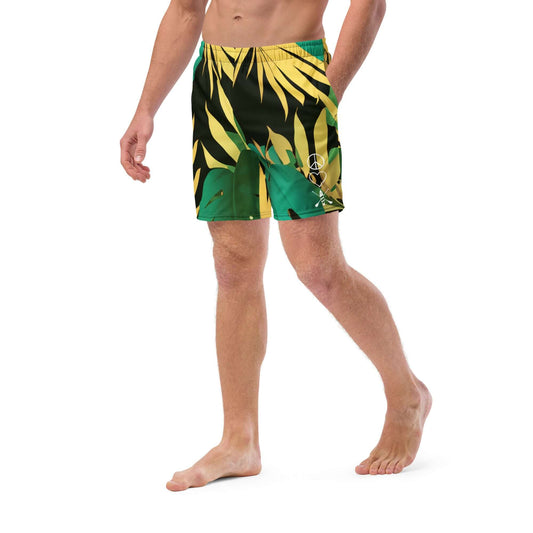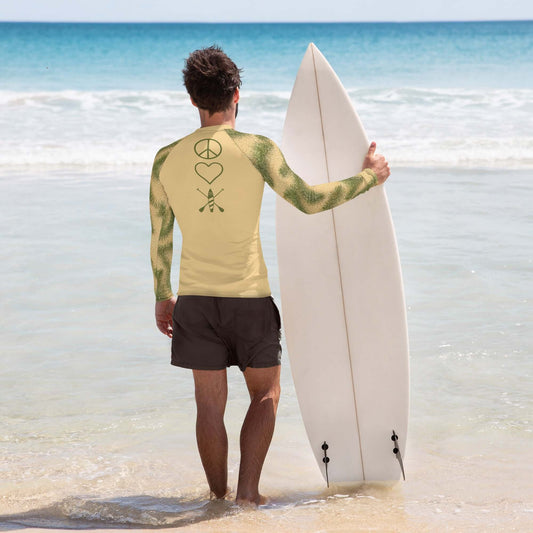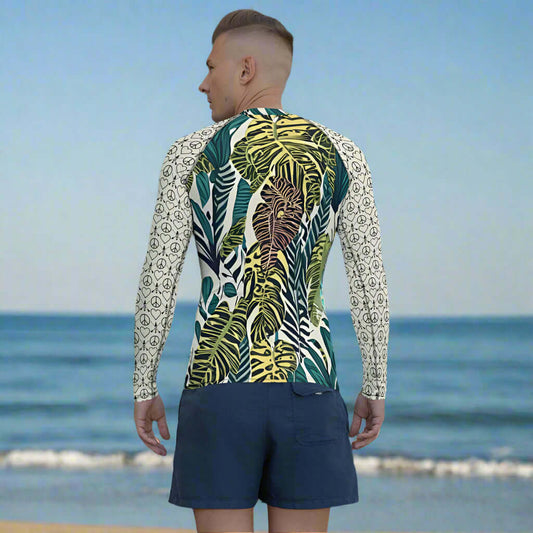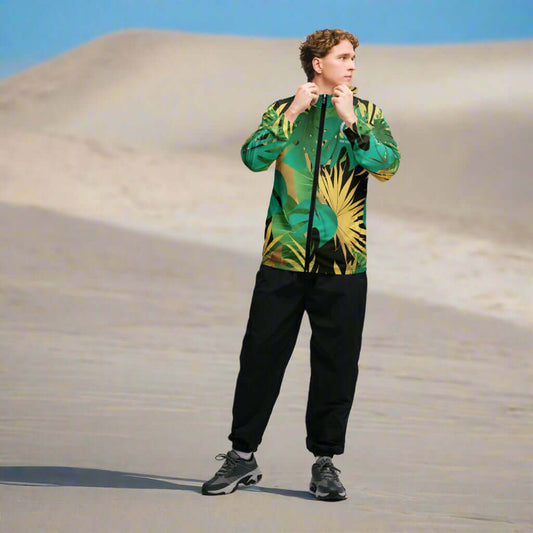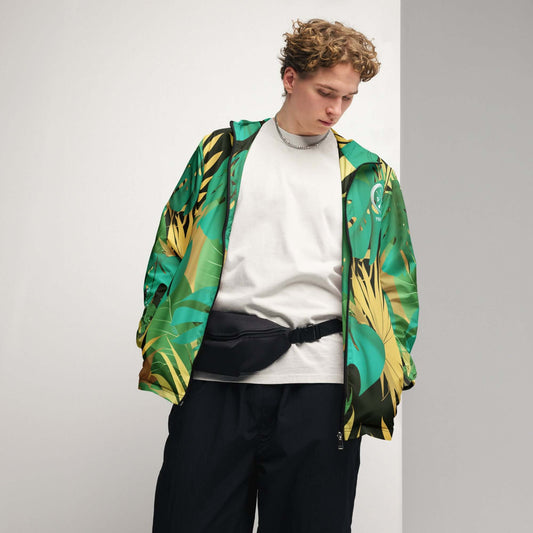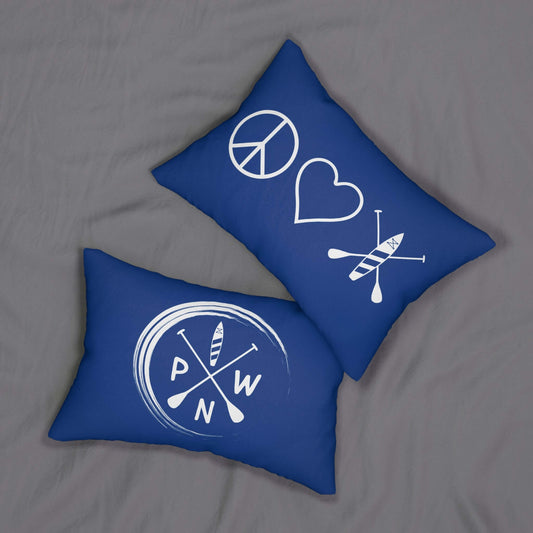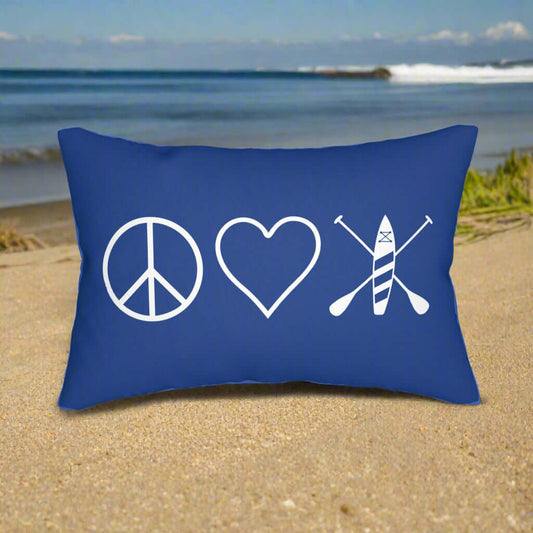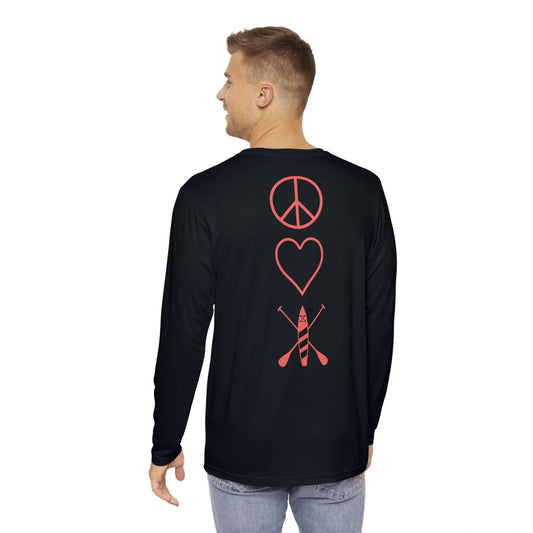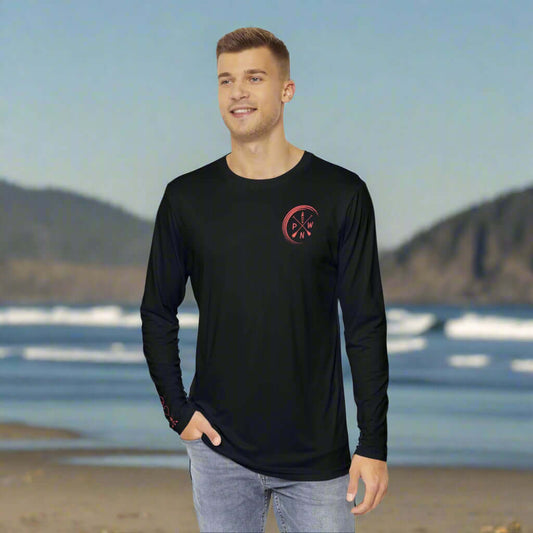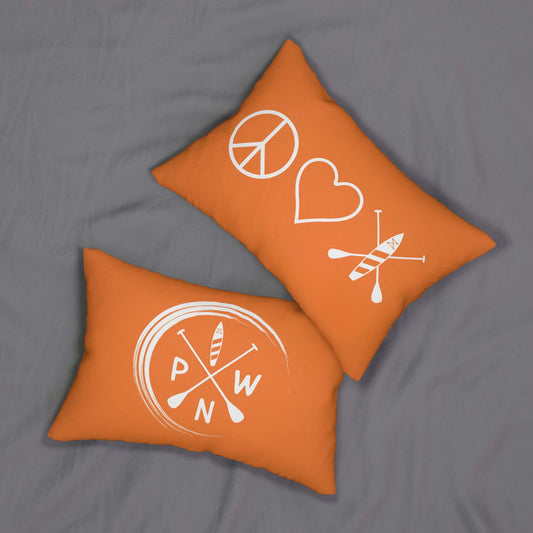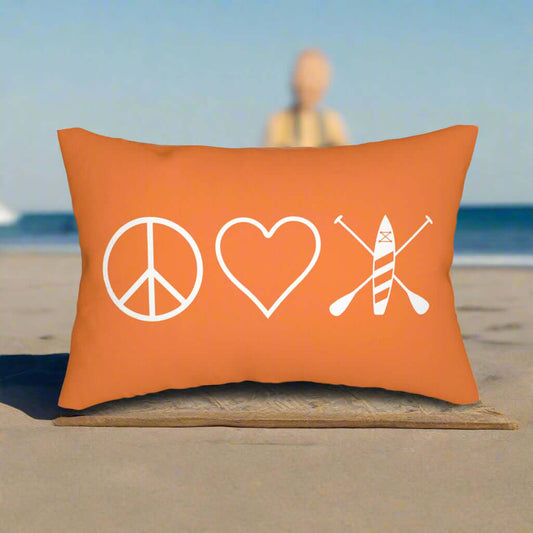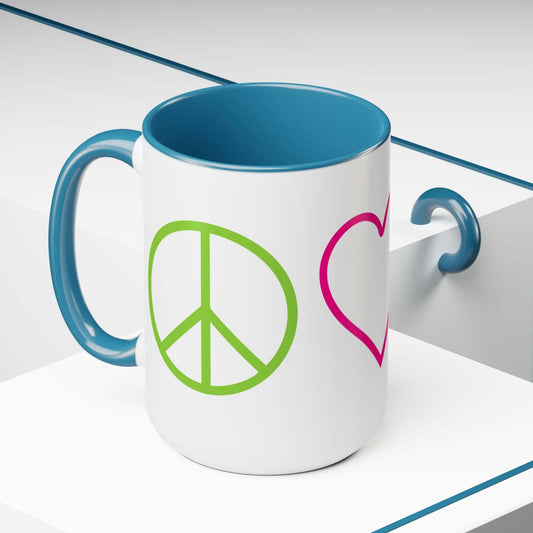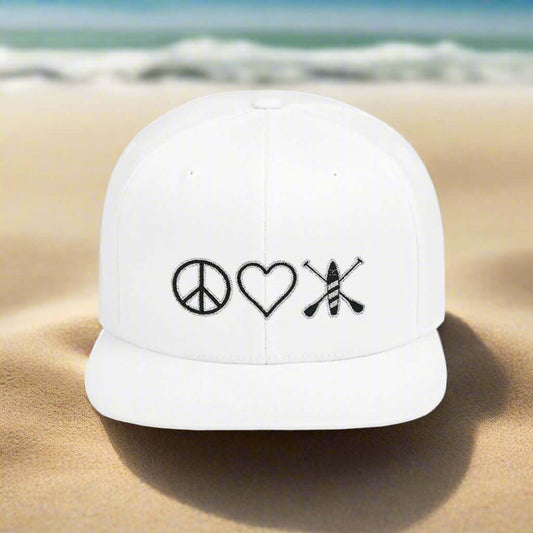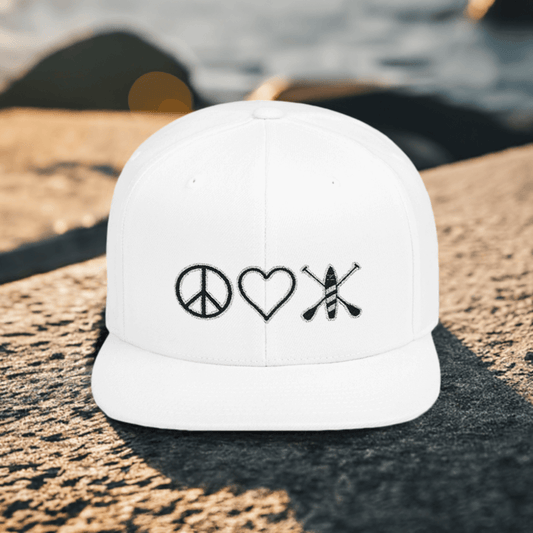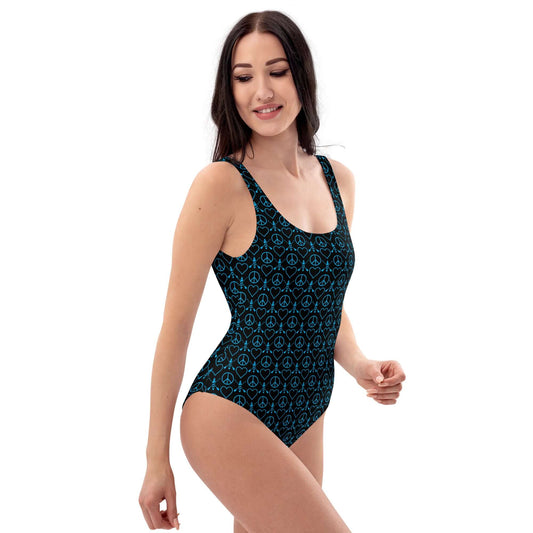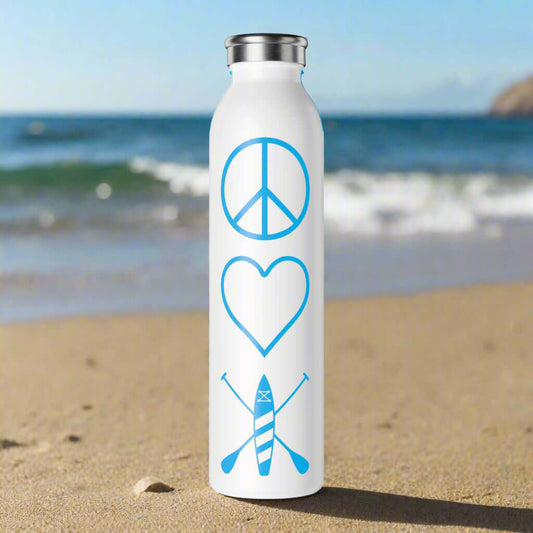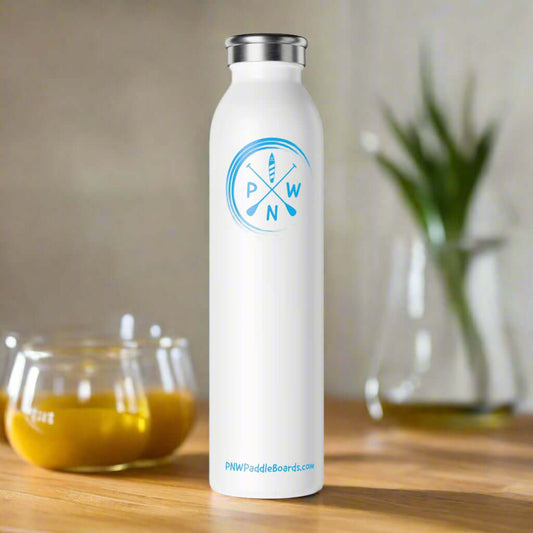
Plan an Epic Paddle Boarding Camping Adventure
Frequently Asked Questions
1. What are the key factors to consider when choosing a destination for paddle boarding camping?
2. What is the most critical gear to bring on a paddle boarding camping expedition?
3. How can I remain safe on my paddleboard and while camping?
Familiarize yourself with water safety rules, never leave home without a companion, and have safety items readily available, including a First Aid Kit and water-tight cell phone case.
4. What tips can enhance my paddle boarding camping experience?
Engage in activities like star gazing, group games, listening to campfire stories, and group meal preparation around the campfire in the evening.
5. What are my sustainable habits to observe on my vacation?
Paddle boarding and camping form part of what is likely to remain a lifetime experience. Whether beginner or pro, planning your paddle boarding camping experience can expose you to nature, scenic beauty, and good friends or family company. We will take each of you through every critical planning stage of your perfect paddle boarding camping experience, including picking your ideal soft top paddleboard to setting up your camp, in this guidebook.
Choosing Your Destination
The first step of planning your paddle boarding camping experience is selecting a suitable destination. Look out for areas that have peaceful water, good views, and facilities to stay around. Some of the things that should be taken into account are:
Water Conditions
When choosing where to kayak, evaluate water conditions. Rivers, lakes, and coastal water can have very distinct levels of wave activity and currents. Beginners will like calm lakes or rivers that are flat-water to kayak on. More advanced kayakers can attempt areas that have gentle ocean conditions.
Camping Amenities
Make sure also to scope out facilities that are within easy distance of where you'll be paddle boarding. Some areas where you can paddle have developed campground facilities that include restrooms, picnic tables, and fire pits, but others will have simpler conditions. Consider what facilities matter most to your group and especially if children or beginner campers will be along.
Scenery and Wildlife
The beauty of nature can also make the adventure that much better. Look up locations that have stunning views, unique wildlife, or other attractions. Some locations also have nearby hiking trails or areas where you can go fishing, providing ample means of enjoying your vacation.
Preparation and Packing
Proper planning is key on every outdoor adventure. Below is a checklist of what to pack on your next paddle boarding expedition out on the water.
Essential Gear
- Soft top paddleboard: The ideal option for beginners and riders that prefer a stable ride.
- Paddle: Choose a lightweight, sturdy paddle that is appropriate for your size.
- Personal flotation device (PFD): Safety first! A PFD is always necessary to wear while kayaking or paddle boarding.
- Leash: Keep your board within easy reach using a paddle board leash.
Camping Supplies
- Tent: Ensure that it is lightweight and easy to set up.
- Sleeping bags and pads: The key to a good night of sleep is comfort.
- Cooking gear: Portable stove, pot, and utensils.
- Food and snacks: Plan easy-to-prepare meals and nutritious snacks for energy.
-
Water: Bring plenty of fresh water or water purifying devices.
Clothing and Personal Items
- Quick-drying clothes: A water activity necessity.
- Sandals or water shoes: Protect your feet without sacrificing comfort.
- Sun protection: Sunscreen, sunglasses, and a sun hat to ward off sunrays.
-
Insect repellent: Keep biting insects at bay.
Planning Your Itinerary
Once you've picked your spot and have your equipment, it is now time to organize your daily itinerary. Consider what activities you'd like to experience and set aside appropriate times accordingly.
Setting Time for Paddle Boarding
Paddle boarding can range from easy paddling to adventurous courses of activity. Determine how much water time each day is appropriate to your interests. Beginners can start by taking on short trips and building up to long paddling excursions.
Incorporating Other Activities
Don't forget to leave room in your schedule for other hikes, exploring, or fishing. Breaking up your hike by taking breaks along the way will make your experience richer and let you experience nature to its fullest extent. Never forget safety and don't exhaust yourself, especially on warm days.
Staying Safe on the Water
Safety is of top importance while paddle boarding and camping. For a safe and enjoyable experience, follow these key guidelines:

Understand Water Safety Rules
Familiarize yourself with your locality's rules regarding paddle boarding. Adhere to safe navigation rules, and pay attention to weather conditions and water levels prior to taking to the water.
Bring a Friend
It's always safer to paddle with company. Not only is it safer, but also it is nice to share it with friends. When traveling together, have one of your group of people act as a leader to organize activities.
Keep Emergency Equipment Handy
Always carry important safety items on your soft top paddleboard:
- First Aid Kit: For minor injuries and emergencies.
- Whistle: For signaling in case of distress.
- Waterproof phone case: To ensure you can communicate in case of an emergency.
Setting Up Your Campsite
Once you have completed your daily paddling, it is now time to set up your campsite. The following are guidelines on how to set up your camp comfortably and safely:
Choosing a Campsite
Find a clear spot that is free of obstructions where your tent can be located, keeping clear of areas where there is likely to fall debris or flooding. Think of how far it is to water, balancing how far off it is but also how easy it will be to have easy access to paddle boarding tomorrow.
Campfire Safety
If you are planning on building a campfire, ensure that it is allowed where you are camping. Keep safety near your fire by keeping water readily available, never building fires on windy days, and extinguishing your fire thoroughly whenever leaving it unattended.
Making the Most of Your Trip
To have that experience that will never be forgotten, soak up the outdoor adventure and challenge each of your group to really connect with nature. Below are some ideas that will make your paddle boarding camping adventure enjoyable:
Evening Activities
- Stargazing: With no or very little light pollution, camping is a perfect opportunity to view the night sky.
- Group Games: Bring along simple games like cards or a frisbee to bond with your group.
-
Campfire Stories: Share adventure and folklore to make memories that will never fade.
Cooking by the Campfire
Prepare meals that can be enjoyed by all together. A foil pack dinner is a convenient and enjoyable way of enjoying a group meal. Share around the campfire and have dinner together, enjoying the evening atmosphere.
Eco-friendly Practices
Lastly, remember to protect and care for the natural environment on your paddle boarding camping experience. Follow these environment-friendly guidelines to leave no trace behind:
Leave No Trace Principles
- Pack it in, pack it out: Pack out your garbage and your waste.
- Stay on paths: Don't disrupt the environment by keeping on marked paths and campsites.
-
Use biodegradable products: Adopt environment-friendly cleaning products and soaps.
Your Adventure Awaits!
Paddle boarding camping trips are an exhilarating way of immersing yourselves in the great outdoors and creating new memories. With the guidelines outlined here, you'll have everything that is required to make great memories on your soft top paddleboard and in the great outdoors. The outdoors and the waves will determine your next adventure—breathtaking vistas, exciting water times, and around-the-campfire tall tales that will last forever!

